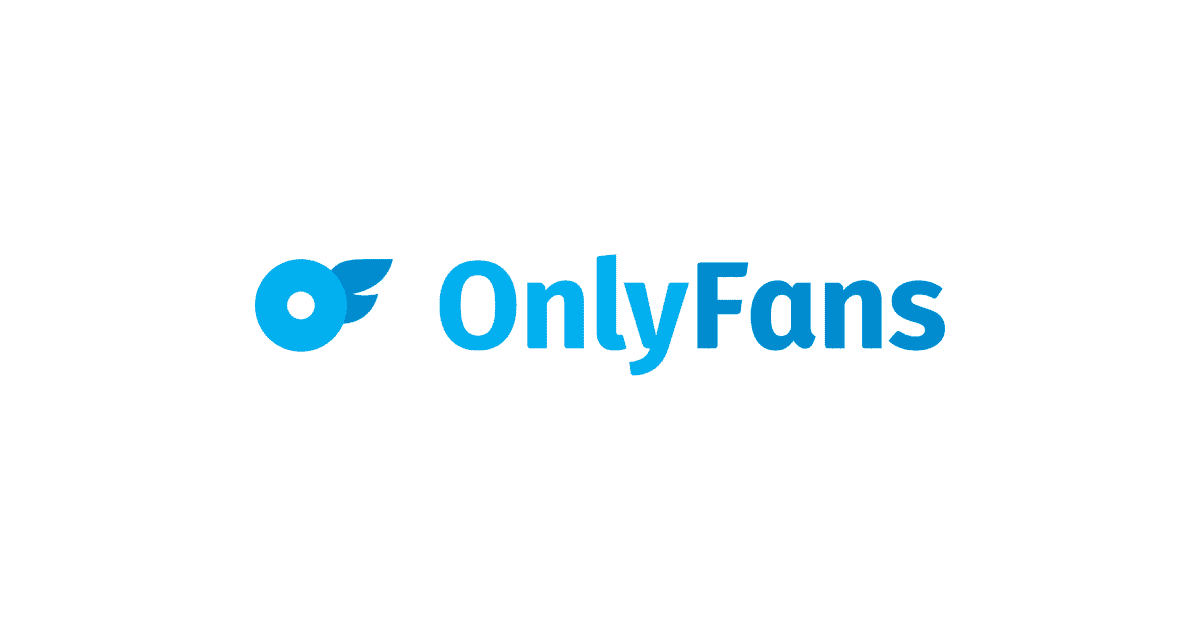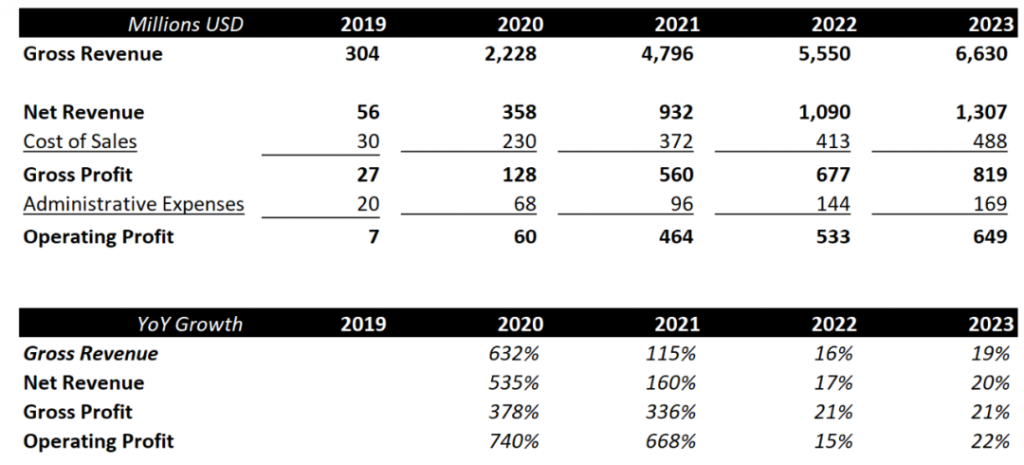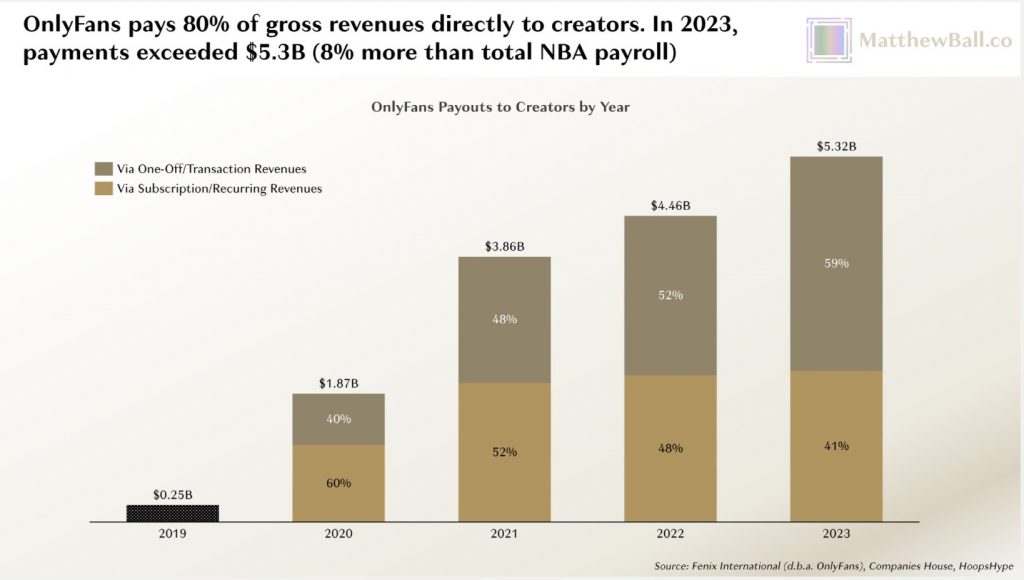Have you ever watched the TV series Upload?Can you imagine what would happen if we can revive through AI? Or you can record the voice and video of people you love today, and they maybe can be revived after they are gone
AI technology has presented us with a fundamental question: as we gain the ability to reshape reality and even rewrite the past, how should we conduct ourselves? The answer to this question is complex.

On the one hand, law and ethics serve as our moral compass. Strictly adhering to laws governing rights to one’s image and reputation, and respecting the wishes of the deceased and their families, are fundamental principles. On the other hand, AI technology has shown great potential in education, art, mental health and other fields. For example, by creating historical figures through AI technology, historical events can be vividly presented and students’ interest in learning can be stimulated; for those who have lost their loved ones, AI technology can provide emotional comfort and help them get out of grief.
When applying AI to bring back the deceased, we must adhere to the following principles:
- Respect and empathy: Avoid causing secondary harm to the families of the deceased.
- Informed consent: Obtain explicit authorization from family members or legal representatives.
- Transparency and accountability: Disclose the purpose, scope, and potential impacts of the technology application.

To better harness the positive potential of AI, we need to establish a cross-disciplinary collaborative platform to jointly develop ethical guidelines and ensure that technological advancements are always human-centric. On this platform, technology developers, legal experts, ethicists, psychologists, and the general public should all be considered.
Just like in “Upload,” the future holds possibilities both thrilling and unsettling. With careful planning and collaboration, we can create a future where AI technology serves humanity, but “bring back the deceased”- this technology is still debatable.





